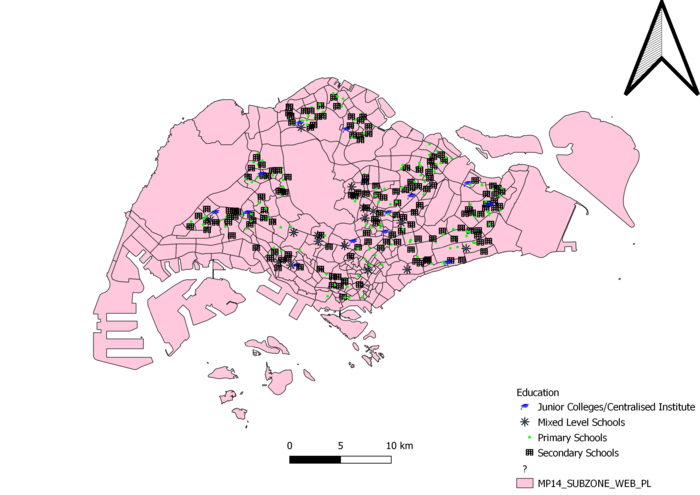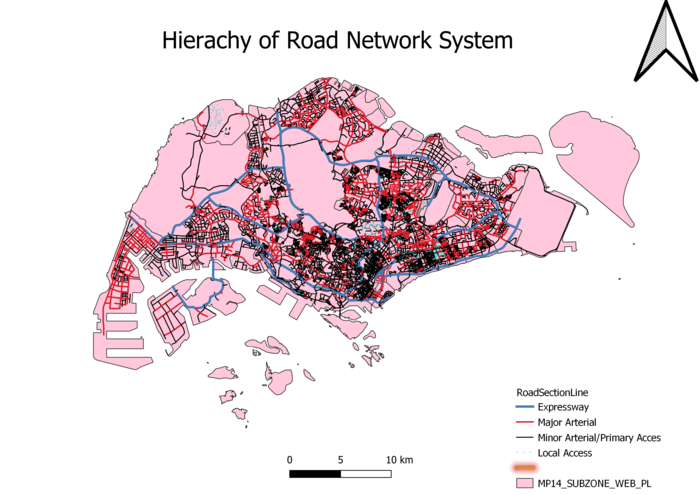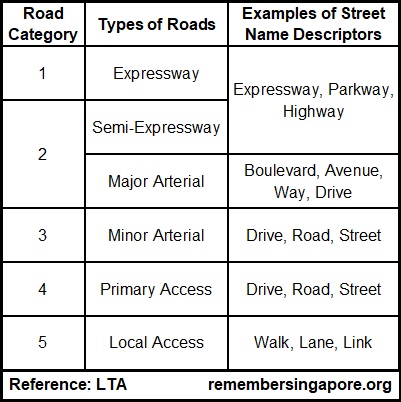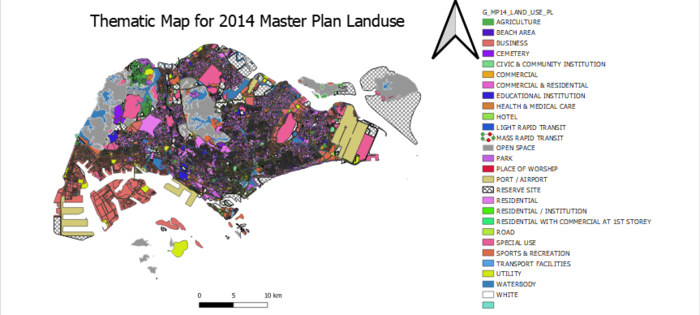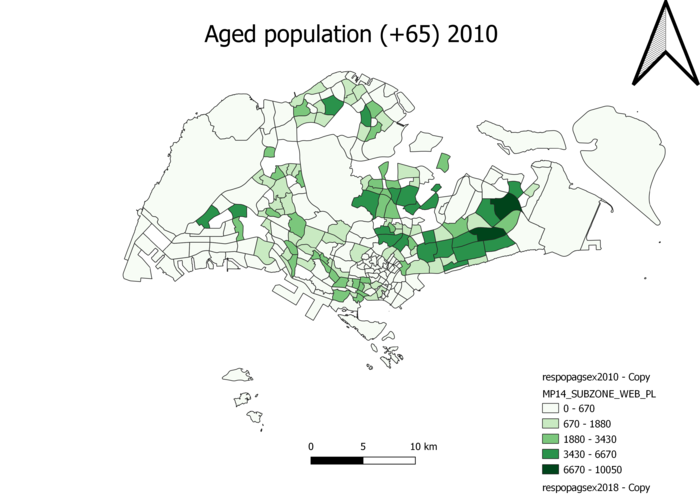Difference between revisions of "SMT201 AY2018-19T1 EX1 Pek Hui Leng Jolene"
| Line 22: | Line 22: | ||
=== Aged population (+65) in 2010 === | === Aged population (+65) in 2010 === | ||
| − | [[File:Q2 Part 1a. | + | [[File:Q2 Part 1a.png|700px|framless|center]] |
=== Aged population (+65) in 2018 === | === Aged population (+65) in 2018 === | ||
Revision as of 15:38, 15 September 2019
Part 1: Thematic Mapping
Thematic map showing distribution of public education insitution by school type
Cartographic technique is used as primary, secondary, mixed institution and junior college/centralised institutes are ordinal data. Since one institution is fixed at one location, symbols can be used to represent that particular institution. Each symbol corresponds to each type of institution respectively. Various distinct symbols (ie all not one shape) were used to differentiate the different institutions easily.
Thematic map showing hierachy of road network system of Singapore
Cartographic technique is used as the hierarchy of roads are ordinal data too. The roads are classified as such:
The lines for each category are in different colors to differentiate them. To enhance the differentiation, the thickness of the line decreases as the roads become more minor.
Thematic map showing 2014 Master Plan Landuse
The areas were classified based on the land description and they are nominal data hence cartographic technique is used. Each color represents a different land use. As there were many types of businesses, I decided to lump them altogether in a main category called “Business”.
